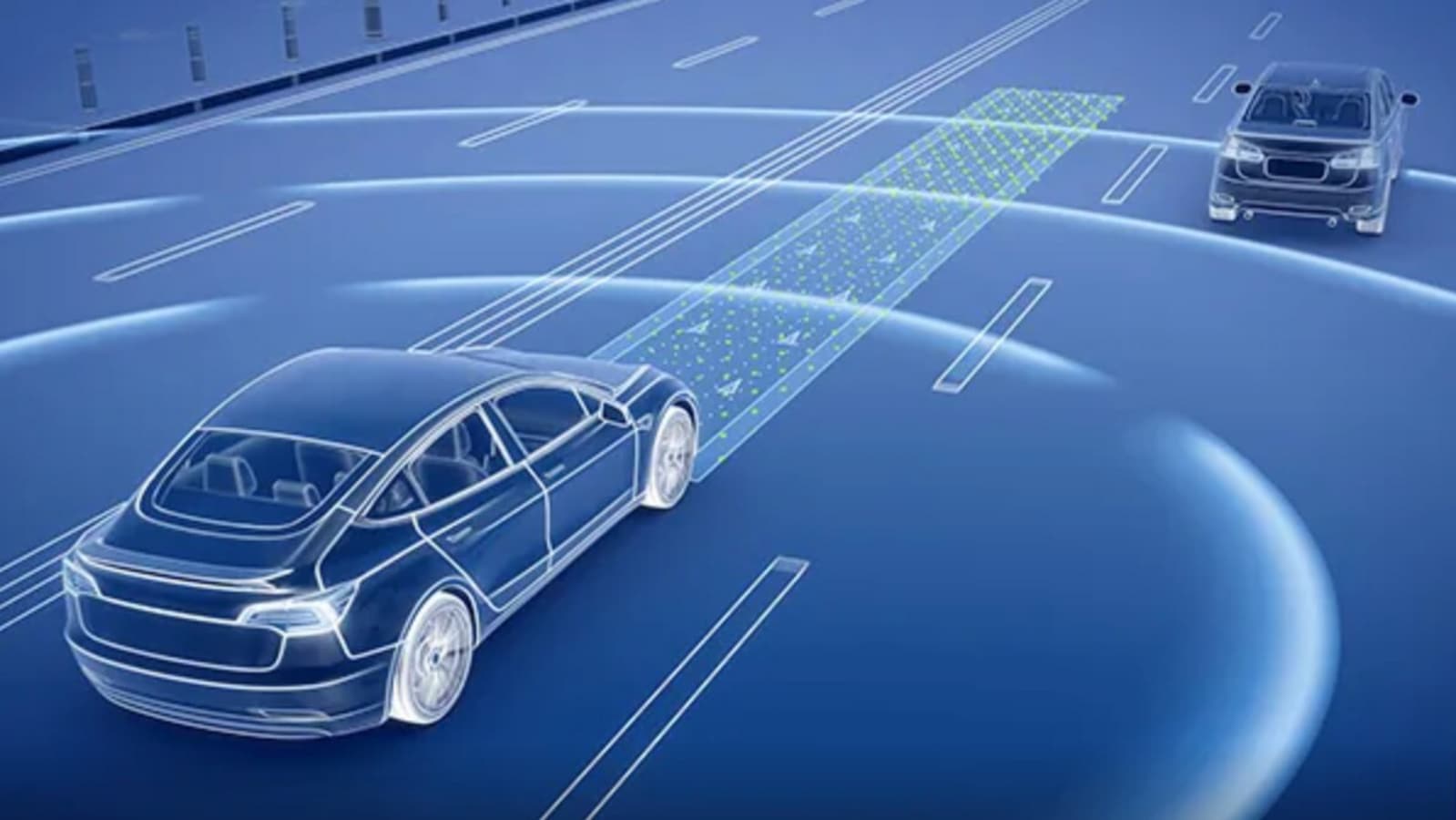An insurance industry study by the IIHS reveals concerning findings about the effectiveness of electronic systems designed to assist drivers with cert
…
Automated driving assistance systems (ADAS) have long been hailed as the ultimate road safety solution. They are generally focused on collision avoidance technology, such as lane departure warning and blind-spot applications, as well as driver aids including night vision, driver vigilance, and adaptive cruise control.
However, an in-depth study by the Insurance Institute for Highway Safety (IIHS) reveals significant shortcomings in the attention-monitoring capabilities of most partially automated driving systems, a report by AP stated. The study assessed 14 systems and found that only one received an overall “acceptable” rating, while two were rated “marginal,” and the remaining 11 were rated “poor,” with none achieving a “good” rating.
IIHS President David Harkey expressed concern over the lack of measures in these systems to prevent misuse and ensure that drivers remain focused on the road. He emphasised the need for automakers to adhere to standards regarding driver monitoring and the promptness of warnings issued if drivers are not paying attention.
The study highlights a regulatory gap, with the U.S. National Highway Traffic Safety Administration (NHTSA) yet to set standards for these systems, which cannot fully drive vehicles themselves. The IIHS hopes that its ratings will push automakers to improve their systems and enhance driver safety.
Among the systems tested, only Teammate in the Lexus LS received an “adequate” rating. General Motors’ Super Cruise in the GMC Sierra and Nissan’s Pro-Pilot Assist with Navi-Link in the Ariya electric vehicle were rated “marginal,” while systems from Nissan, Tesla, BMW, Ford, Genesis, Mercedes-Benz, and Volvo were rated “poor.”
Also Read : Will ADAS as a technology survive in India?
Harkey noted that these systems were initially designed as combinations of safety features but now allow drivers to divert their attention for extended periods, posing safety risks. He stressed the importance of ensuring that drivers understand the limitations of these systems and remain focused on driving.
The IIHS recommends that these systems should be able to detect if a driver’s attention is diverted and issue audible and visual alerts within 10 seconds, escalating to emergency procedures if necessary. Additionally, safety systems such as seat belts and automatic emergency braking should be activated before these driving systems can be engaged.
While none of the systems met all the monitoring requirements, Ford’s system came close. Automakers are already responding to the study, with many preparing software updates to improve their systems’ monitoring capabilities.
In response to the study, automakers like Toyota, GM, Nissan, and Mercedes have expressed their commitment to improving their systems and working with the IIHS to enhance driver safety. BMW, however, noted a philosophical difference regarding driver monitoring but stated that it would consider IIHS feedback in updates.
The study underscores the need for more stringent attention-monitoring standards in automated driving systems to ensure that drivers remain focused and engaged while using these technologies.
First Published Date: 13 Mar 2024, 15:05 PM IST

